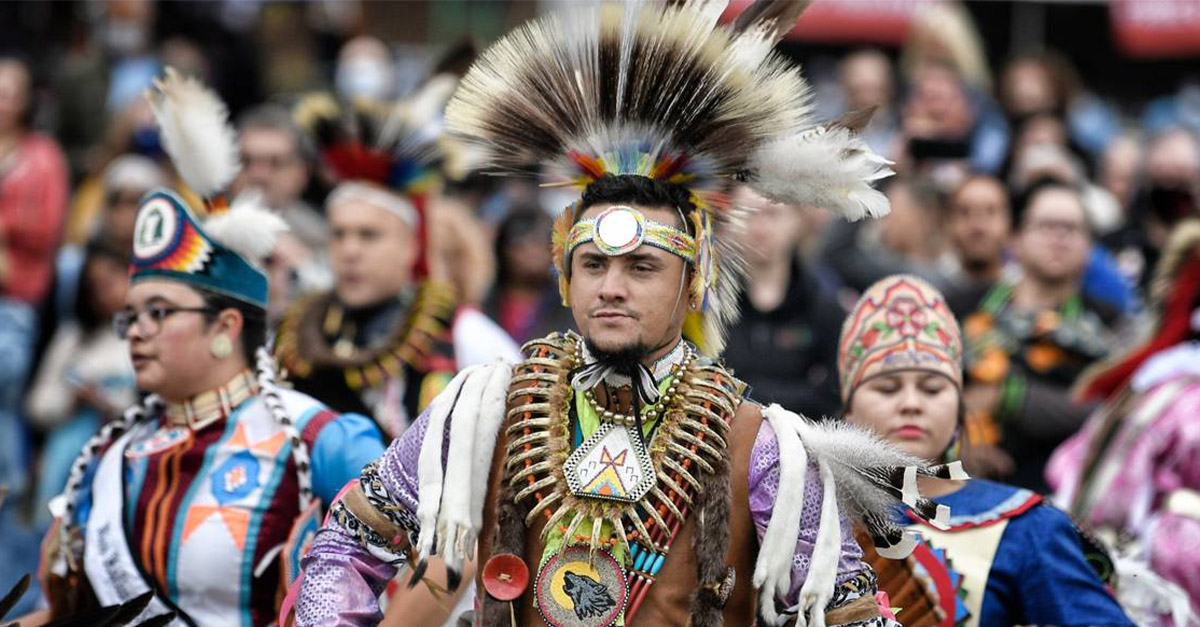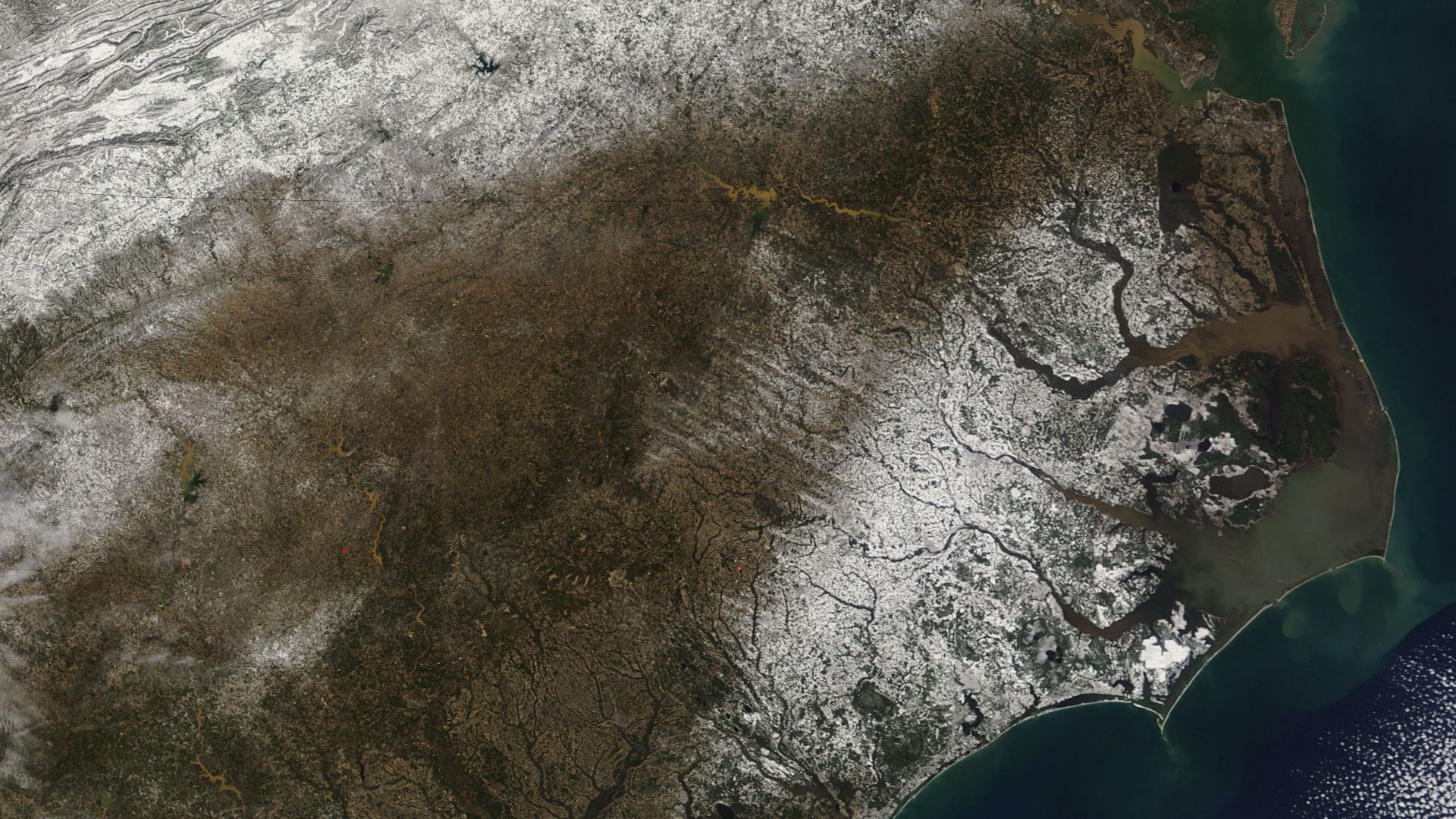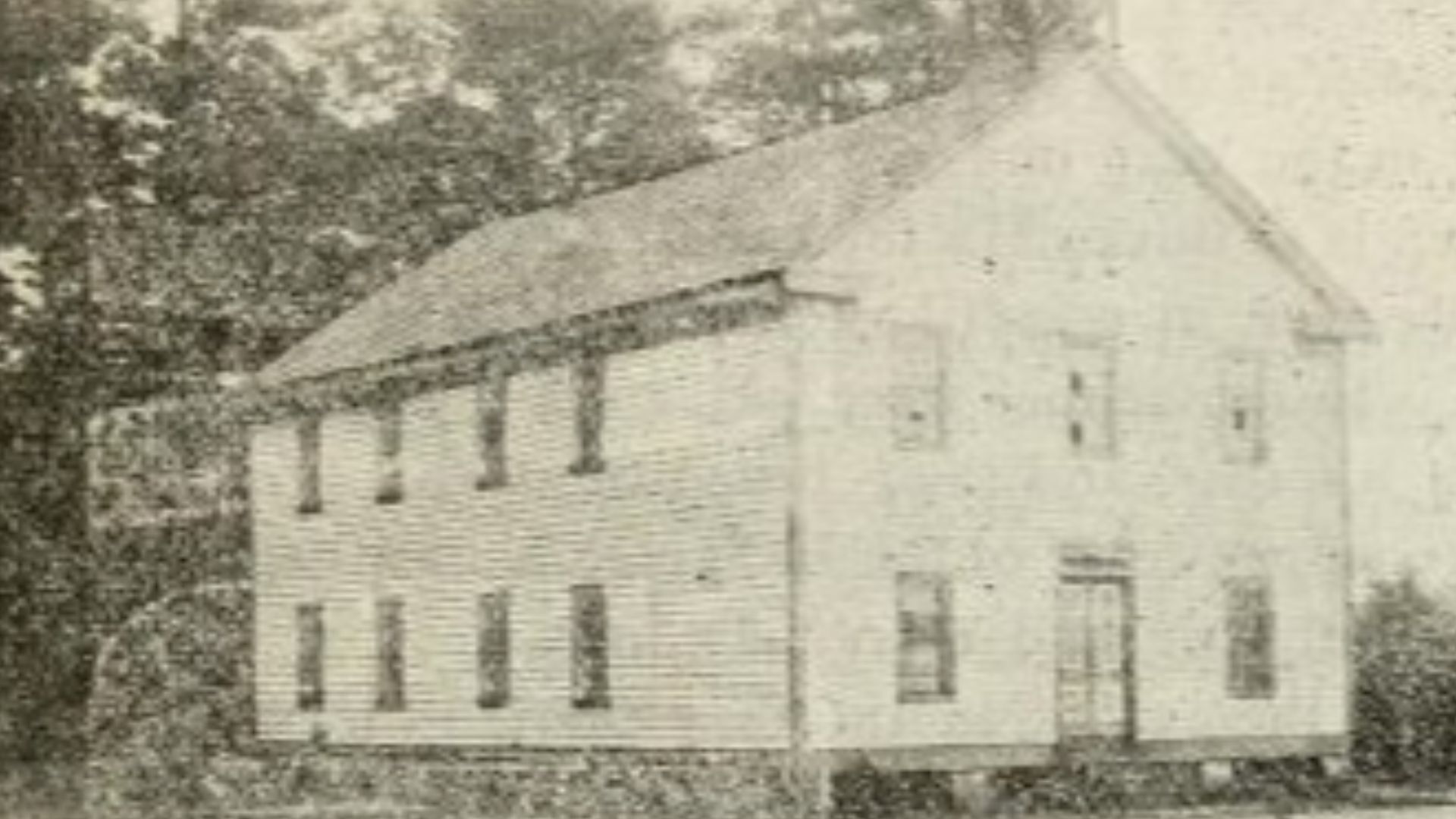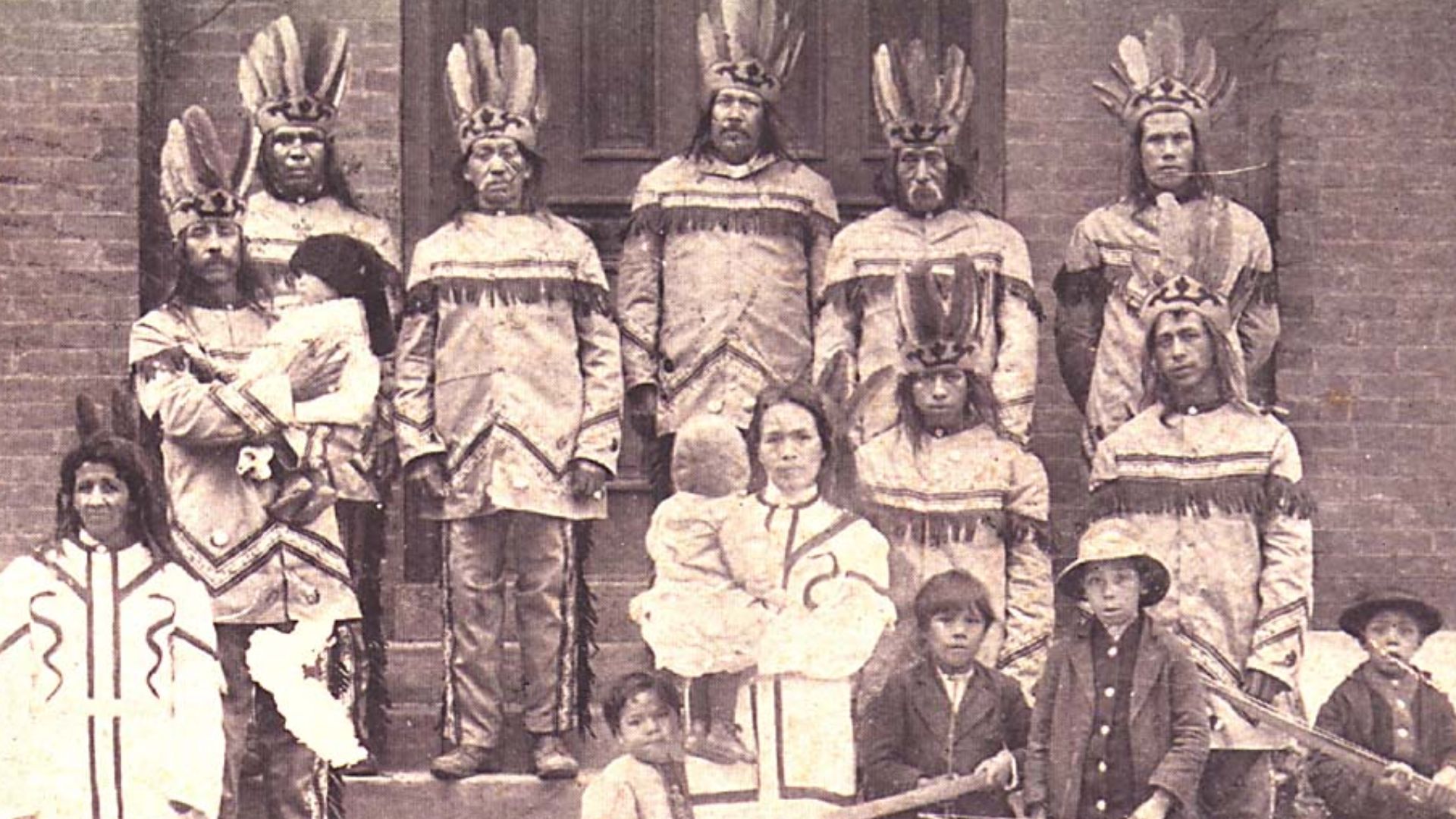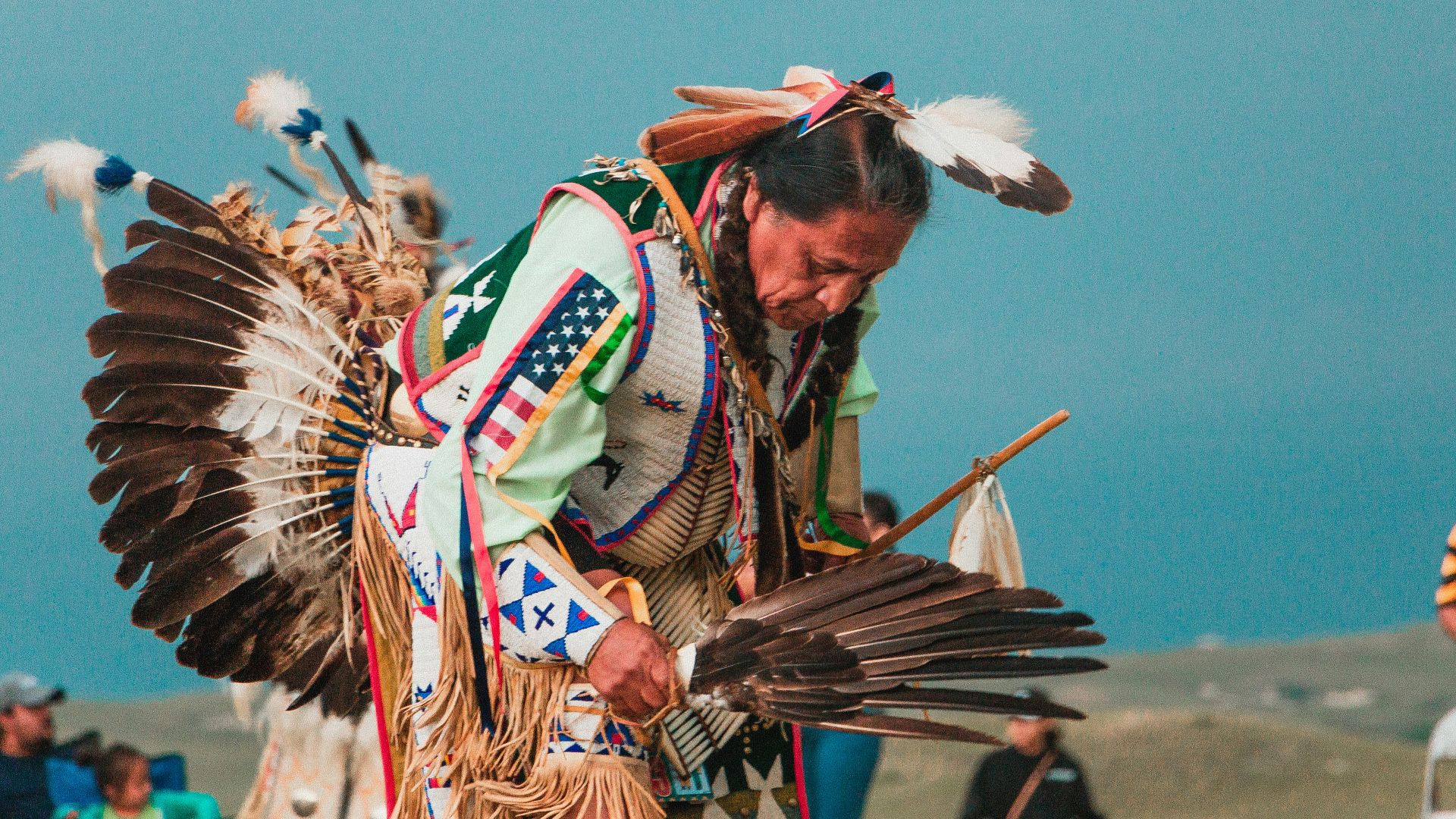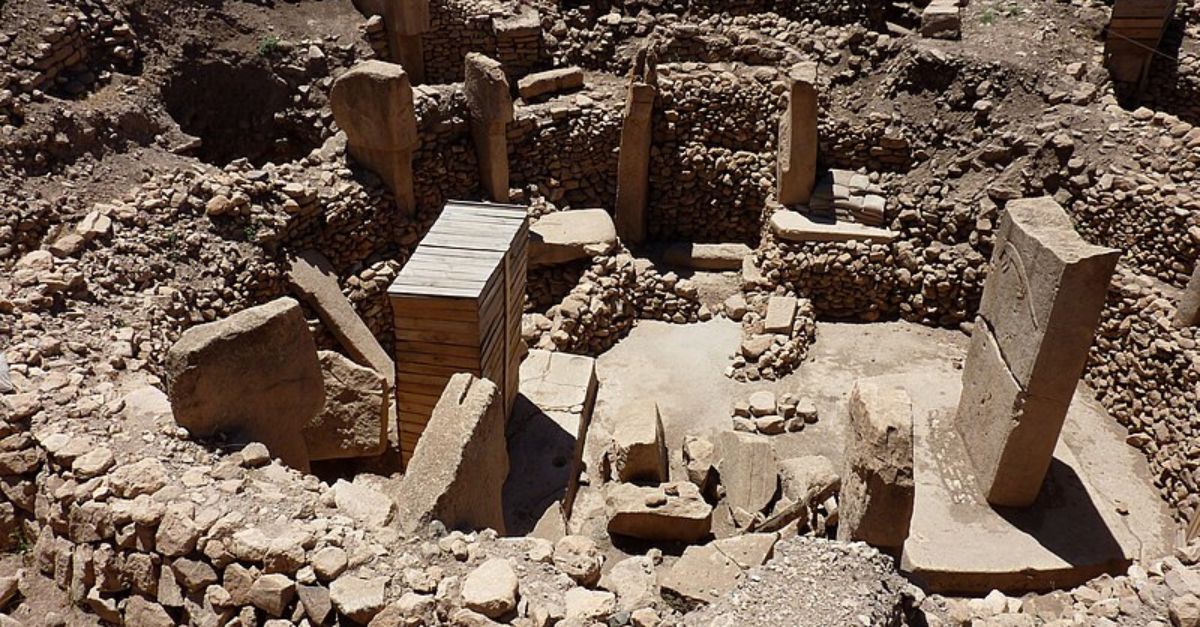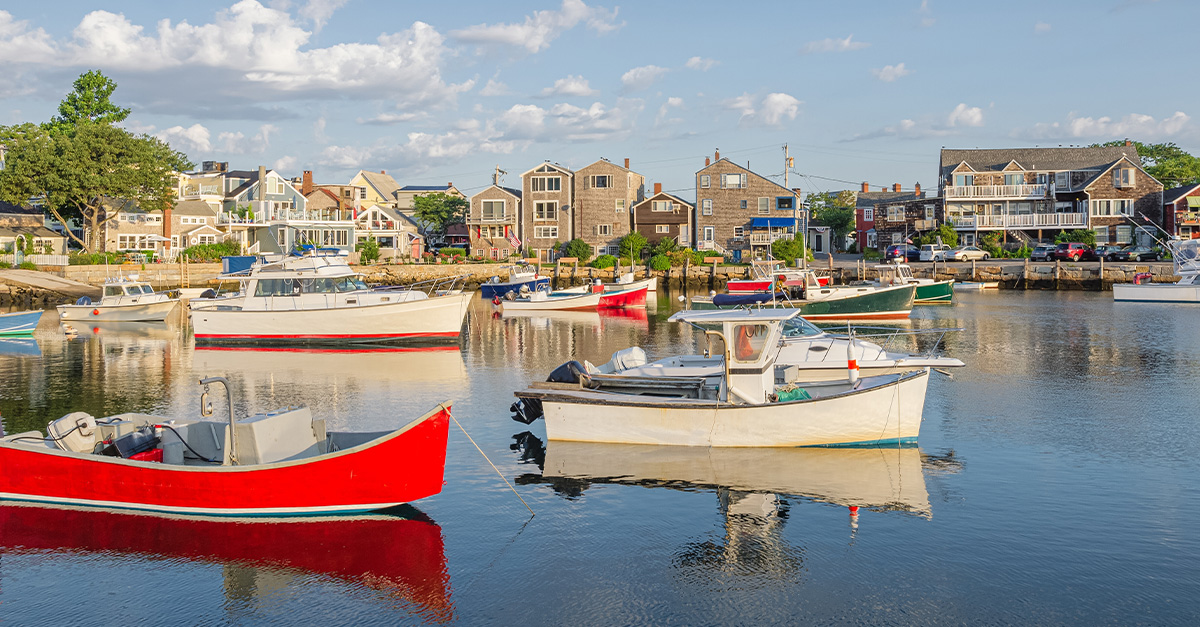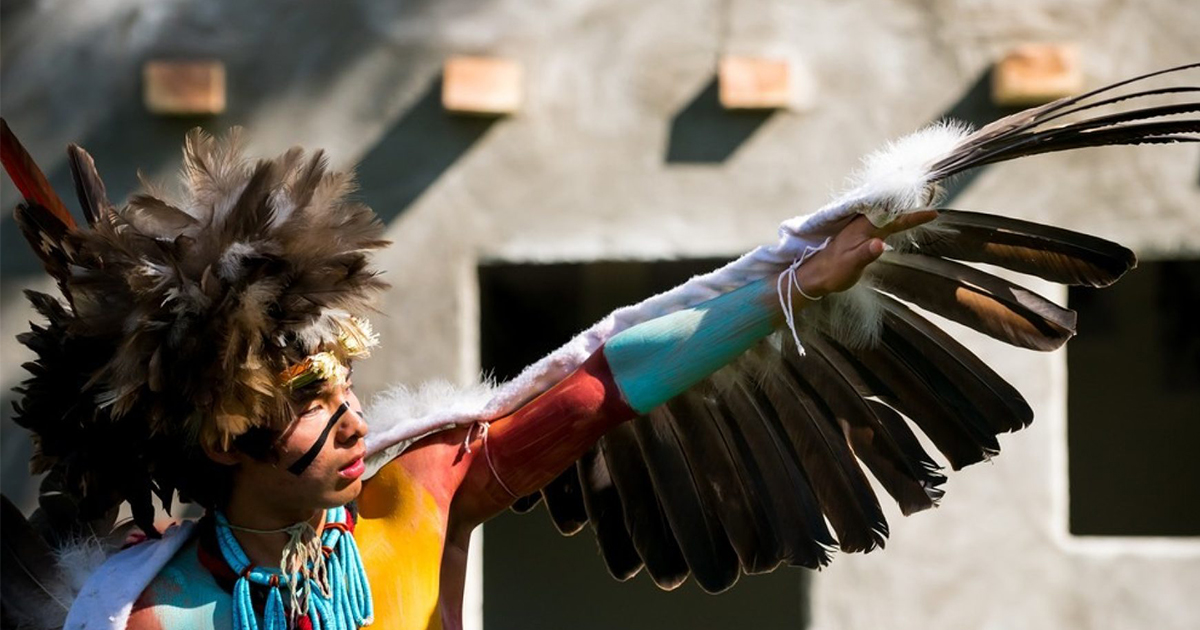The Controversial People Of The Dark Water
The Lumbee are a mixed-race community that claims to be descended from a variety of Indigenous people. Unfortunately, they’ve struggled to assert their claims, with many questioning their right to it. Who are the Lumbee? Where did their community start and are they telling the truth?
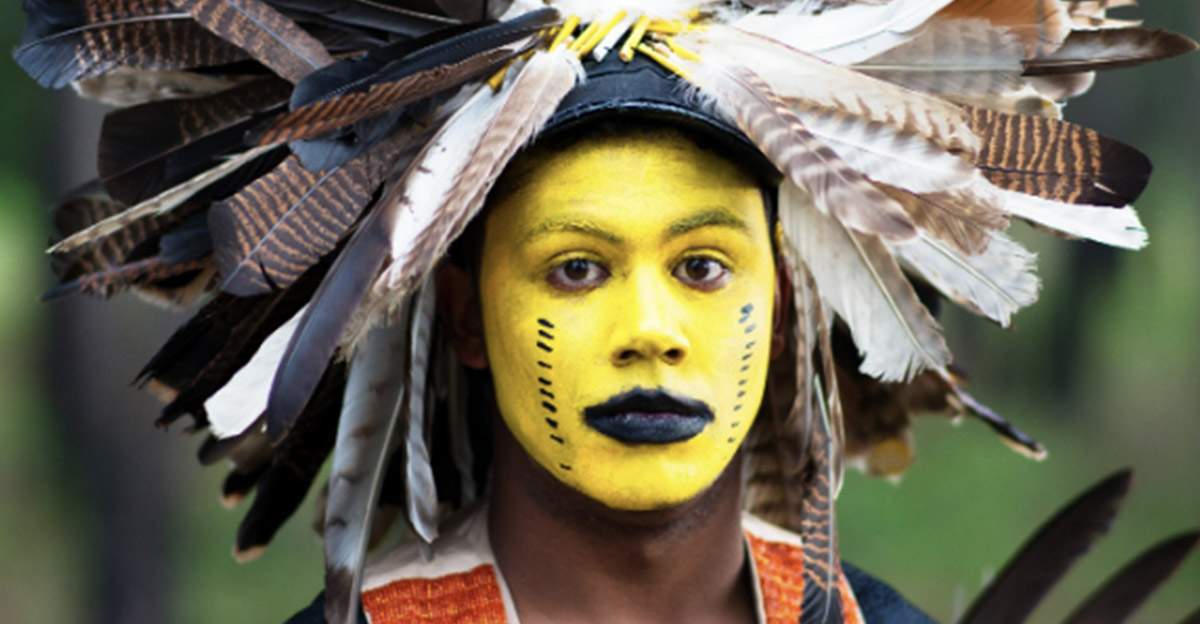
Who Are The Lumbee?
The Lumbee are located mainly in Robeson County, North Carolina. Archaeologically speaking, this region has been occupied by Indigenous people for a minimum of 14,000 years. However, it is a mixed bag of representation.
 Unknown Author, Wikimedia Commons
Unknown Author, Wikimedia Commons
The Lumbee Origin
The archeological record found in Robeson County contains a variety of links that tie to all named eras that have been identified elsewhere in North Carolina before European contact. This includes artifacts from Paleo-India, Archaic, Woodland, and Mississippian cultures. This supports the Lumbee claims of a mixed background.
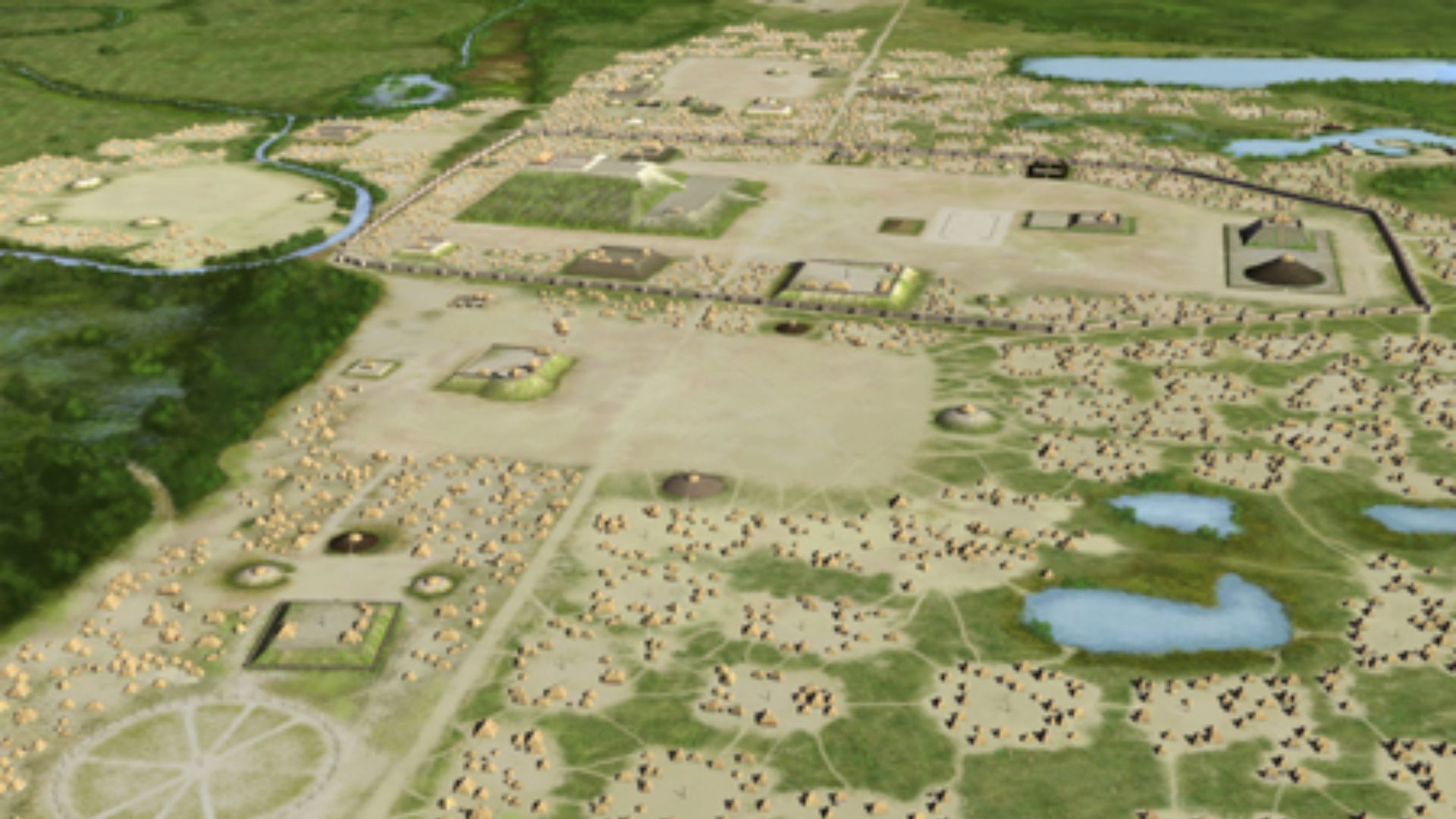 Heironymous Rowe, Wikimedia Commons
Heironymous Rowe, Wikimedia Commons
First Mentions Of The Community
A map prepared by John Herbert in 1725 is the earliest known European document that references Indigenous communities in the area of the Lumber River, which is the source of the Lumbee’s name. While this evidence supports the existence of people at this time, it doesn’t provide conclusive proof that they were Lumbee ancestors.
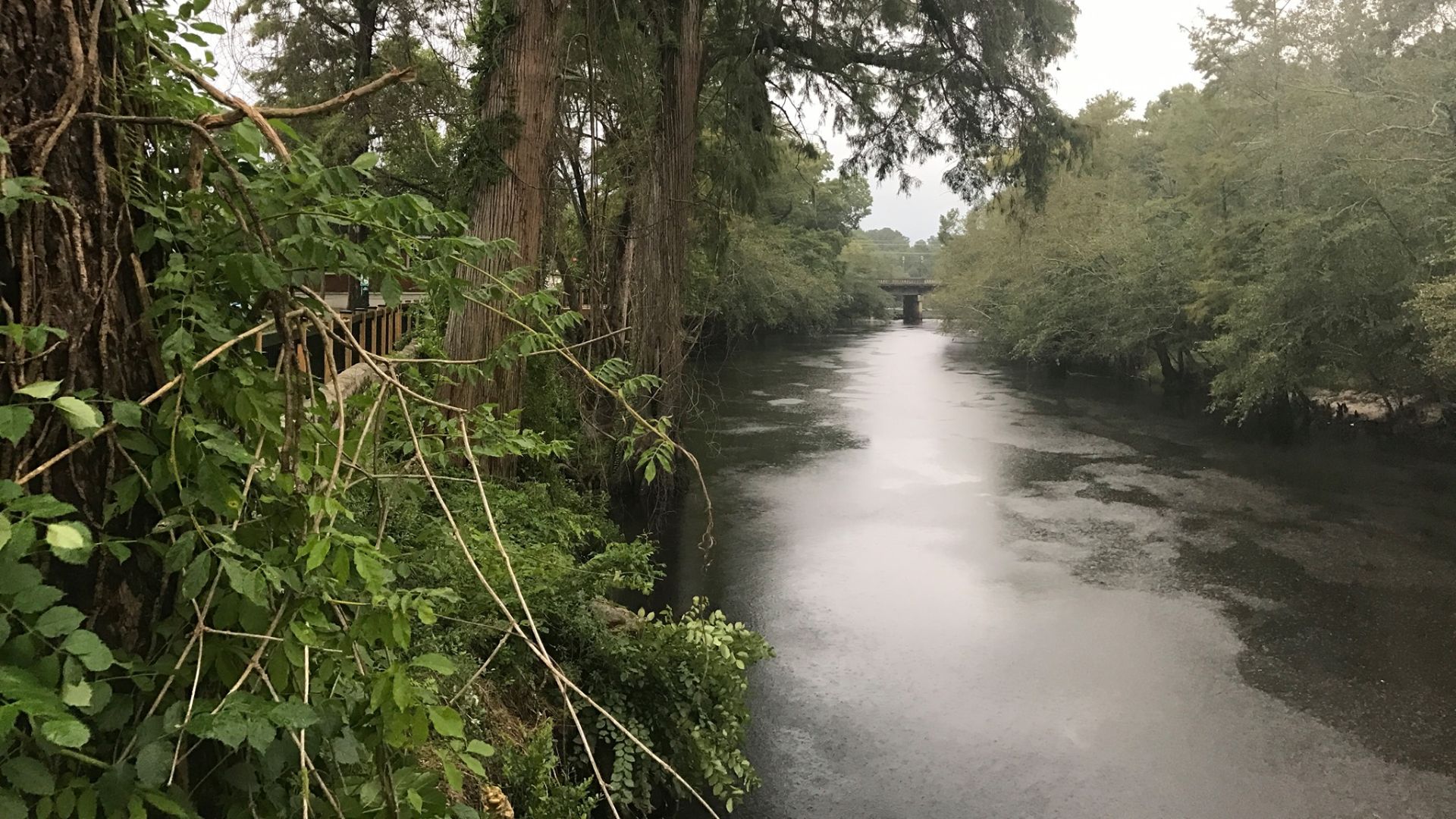 Indy beetle, Wikimedia Commons
Indy beetle, Wikimedia Commons
First Mentions Of The Community
Herbert identified four Siouan-speaking communities. These were the Saraw, Pee Dee, Scavano, and Wacoma. While modern Lumbees claim connections to these groups, none of these tribes are located within the present boundary for Robeson County.
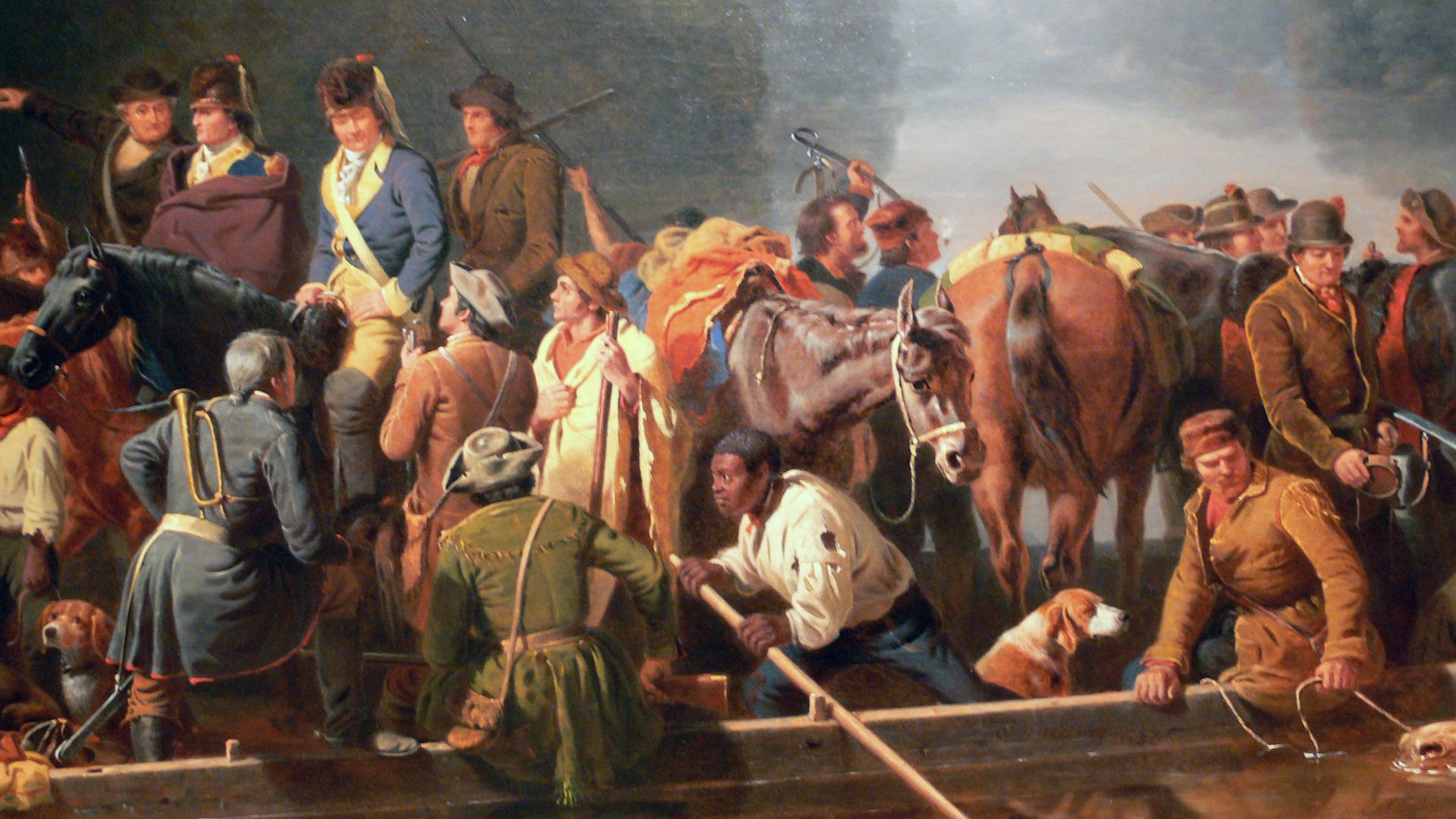 William Ranney, Wikimedia Commons
William Ranney, Wikimedia Commons
First Mentions Of The Community
A proclamation in 1772 gives another reference to a group of mixed-race people living within the county “lawlessly”. The proclamation was based on a report by the head of Bladen County militia and given by the governor of North Carolina at the time, Arthur Dobbs. It was clear in its accusations.
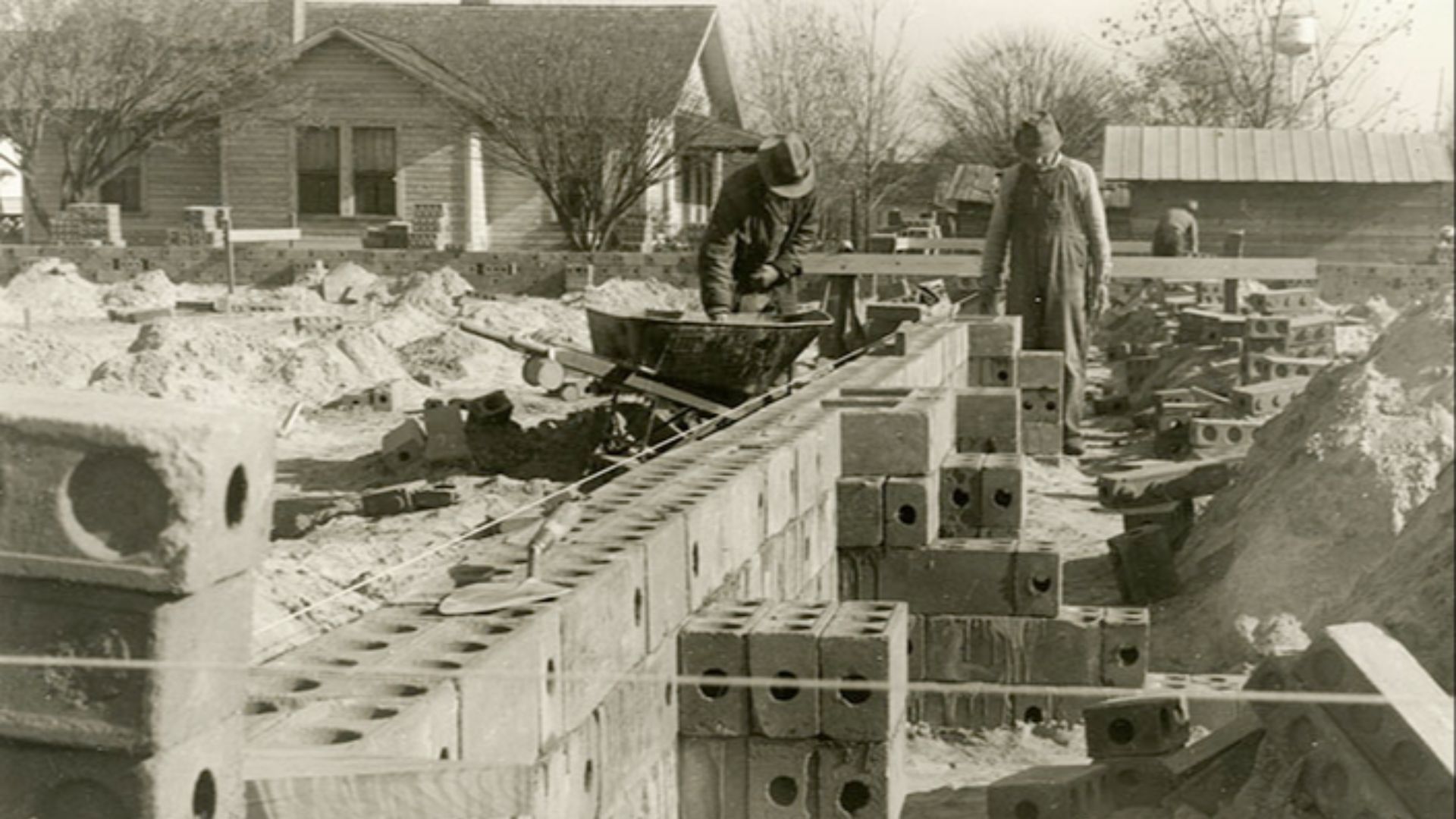 State Archives of North Carolina, Wikimedia Commons
State Archives of North Carolina, Wikimedia Commons
First Mentions Of The Community
Dobbs asserted that a list of “rogus” were living in the “Kings Land” without title. This, combined with a later survey that described “50 families a mixt crew, a lawless People” that were living on the land without paying rent, hints at a group that did not consent to government control existing in the land at the time. However, from there, the trail of Lumbee heritage gets messy.
 BRENDAN SMIALOWSKI, Getty Images
BRENDAN SMIALOWSKI, Getty Images
Identifying Lumbee Heritage
Another contemporary politician in North Carolina, Hamilton McMillion, stated that James Lowrie, a Lumbee ancestor, had been given significant land grants that developed into about 2,000 acres by 1738. Another supposed ancestor, John Brooks, also is said to have possessed another 1,000 acres of land in 1735. However, these statements don’t hold up.
Identifying Lumbee Heritage
These claims have been proven to be false or at the very least unreliable. In the late 20th century, it was pointed out that no land grants were issued in North Carolina at the time suggested by the above men. It is believed the Lumbee did not begin getting land until the 1750s at the earliest. However, even that is hard to pin down.
Identifying Lumbee Heritage
Land titles around an area of the Lumber River known as Drowning Creek were shown as being taken up in the late 18th century. These people have since been claimed as ancestral Lumbee; however, there is no evidence to prove this decisively or that a settlement grew in this area. From there, the ability to trace Lumbee heritage continues to be difficult.
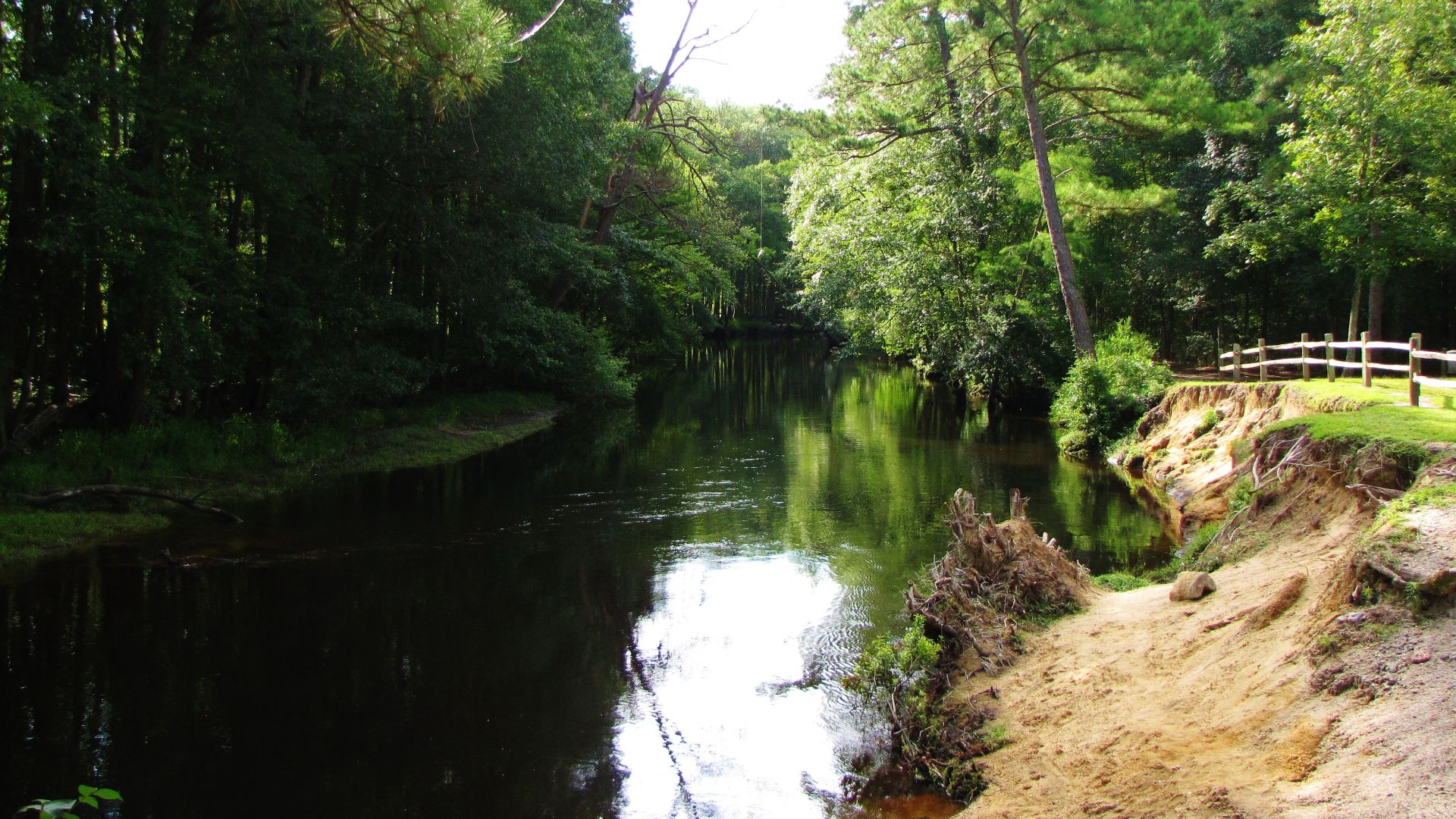 Gerry Dincher, Wikimedia Commons
Gerry Dincher, Wikimedia Commons
Free Persons Of Color
Men with names now associated with Lumbee families fought and were recognized during the American Revolution. However, many of these people were listed as “Free Persons of Color” in the initial federal census, complicating the tracing of their roots; this problem still follows the Lumbee today.
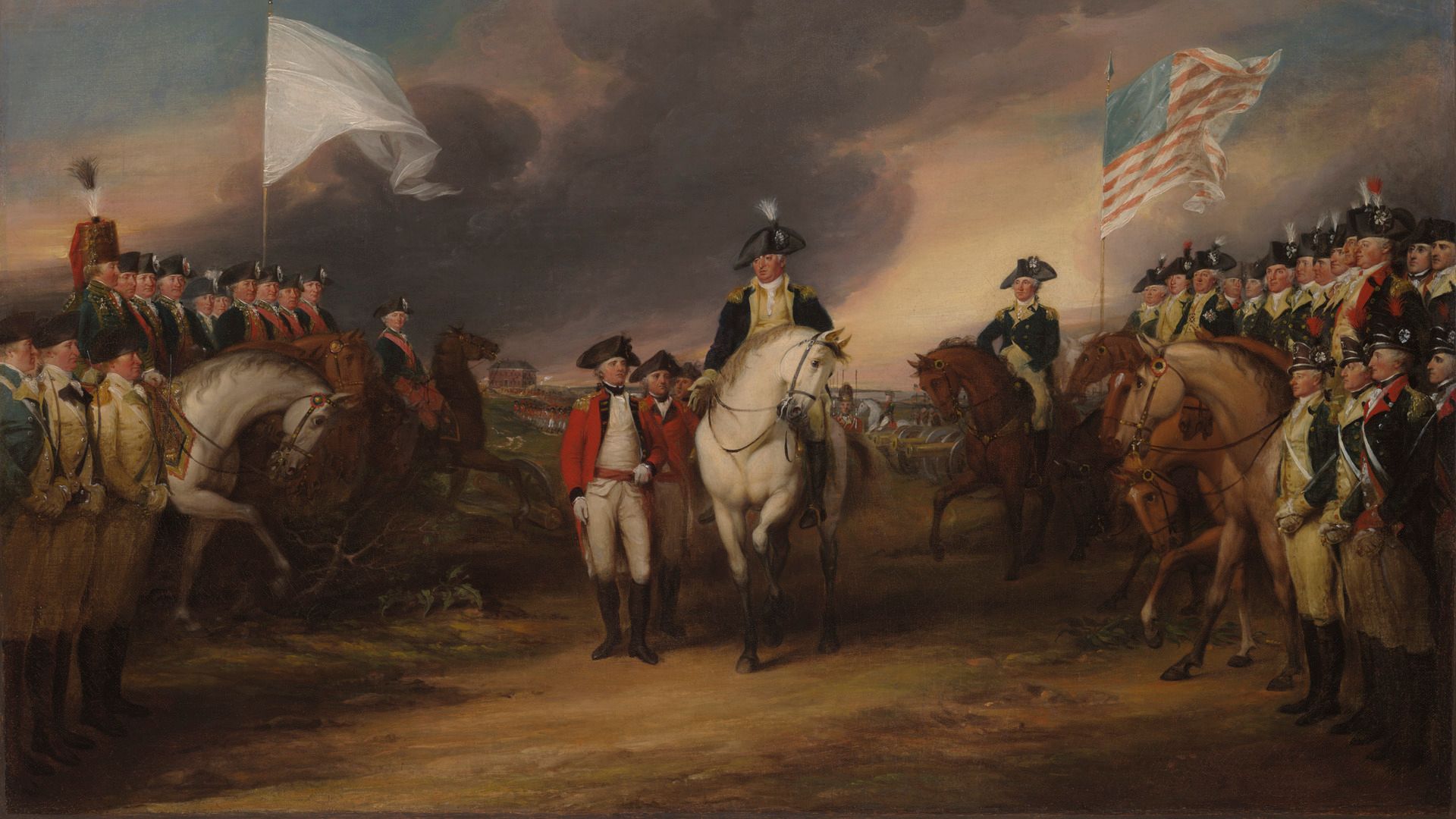 John Trumbull, Wikimedia Commons
John Trumbull, Wikimedia Commons
Lumbee At Conflict
While the Lumbee people sympathized with the position of other marginalized communities, 150 Lumbee ancestors volunteered to join the Confederates during the Civil War. Perhaps this paid off for them, for when the conflict ended, formal recognition of their group slowly began.
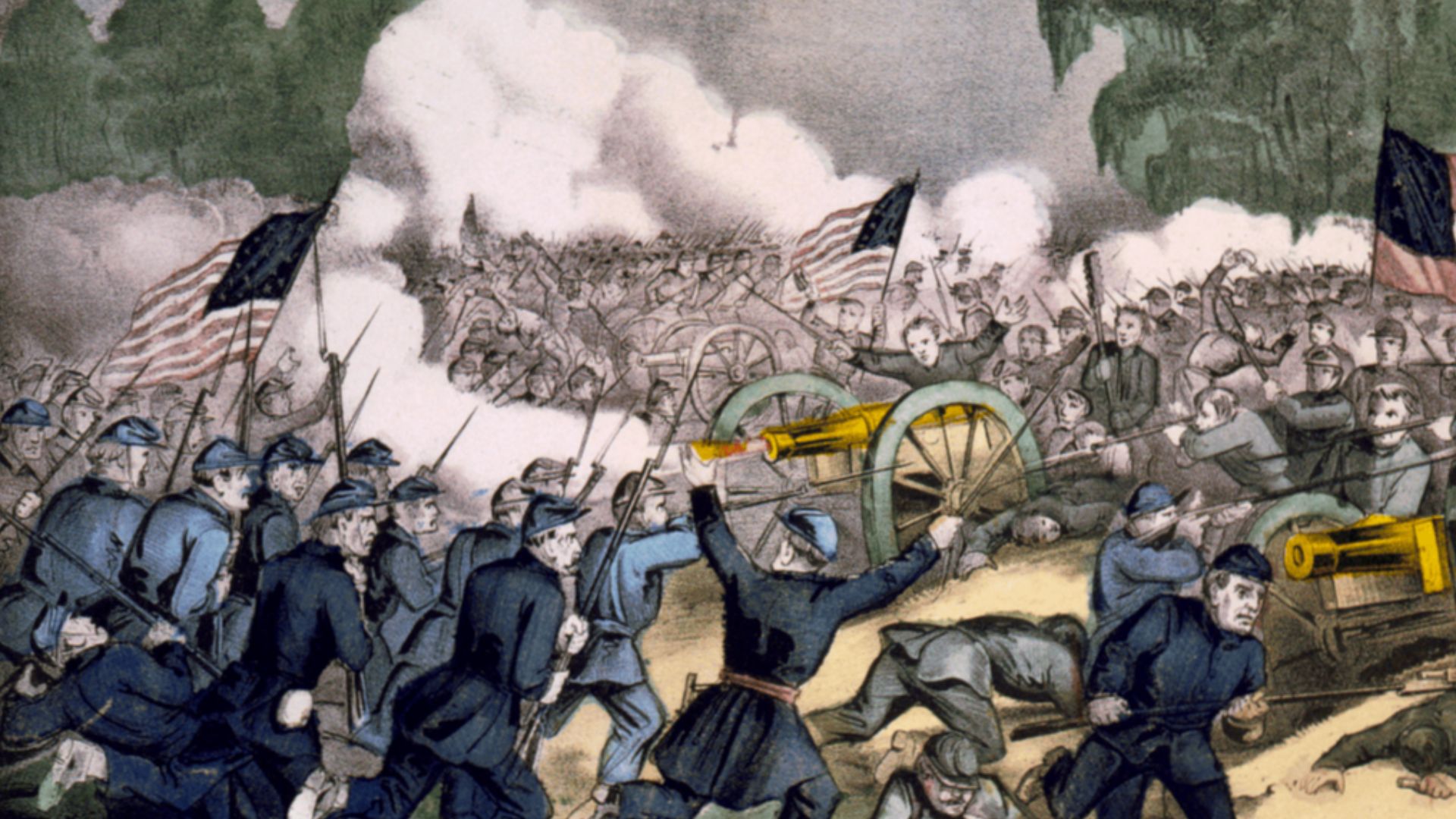 Nathaniel Currier and James Merritt Ives, Wikimedia Commons
Nathaniel Currier and James Merritt Ives, Wikimedia Commons
Early Recognition
Following the Civil War, America entered a period of change known as the Reconstruction. One of these changes was the establishment of public education. However, in the very divided communities of North Carolina, the Lumbee didn’t fit in.
 State Archives of North Carolina, Wikimedia Commons
State Archives of North Carolina, Wikimedia Commons
Early Recognition
The schools were separated into two groups: white schools and Black schools. However, the “Indians of Robeson County did not associate with white or Black communities”. They wanted their own school system.
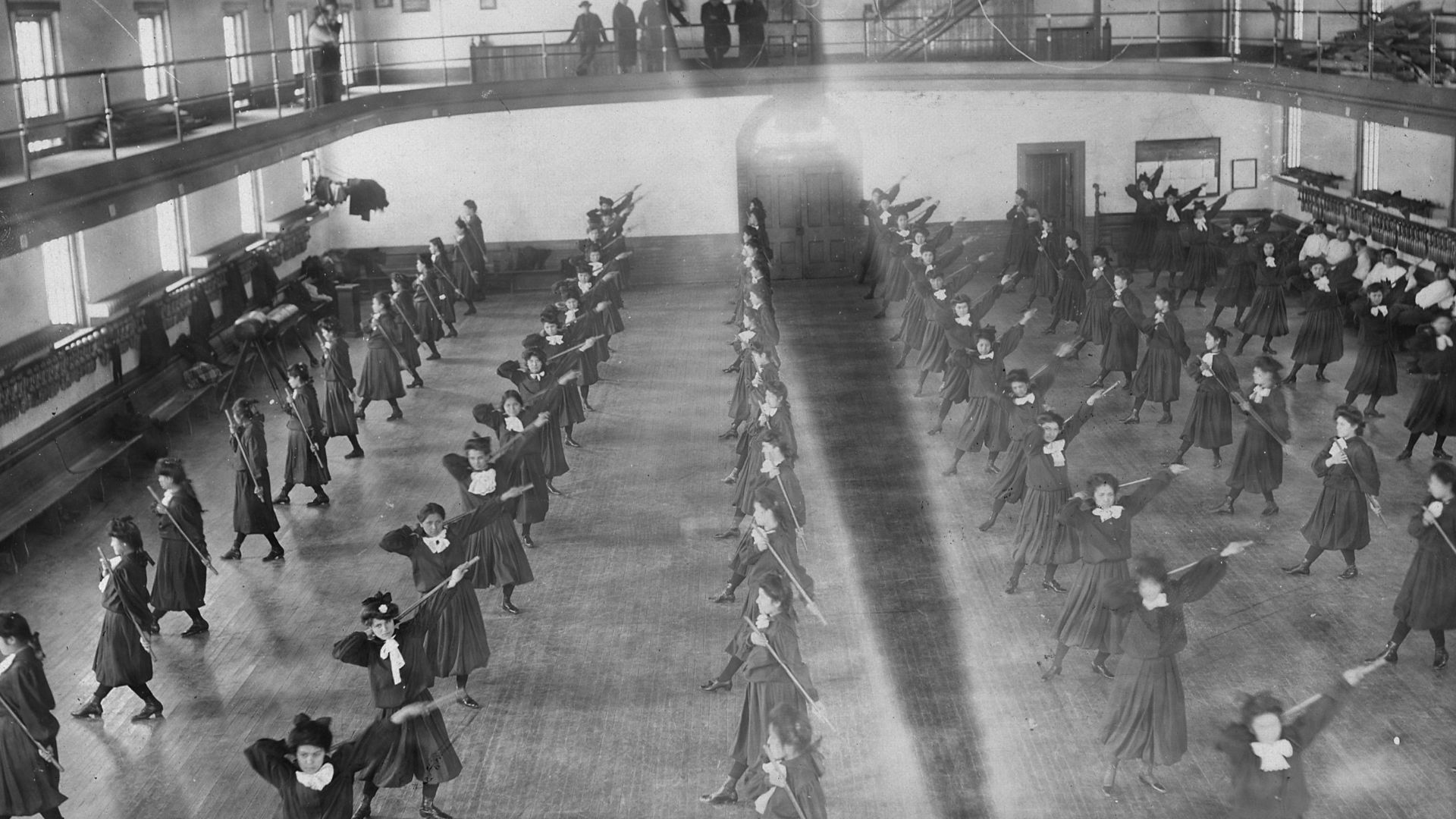 Unknown authorUnknown author or not provided, Wikimedia Commons
Unknown authorUnknown author or not provided, Wikimedia Commons
Indians Of Robeson County
In response to these demands (as well as other pressures), Hamilton McMillan suggested the state recognize these people of Robeson County as the “Croatan Indians”. In the end, they were recognized as “Indians of Robeson County”, and 11 schools were established.
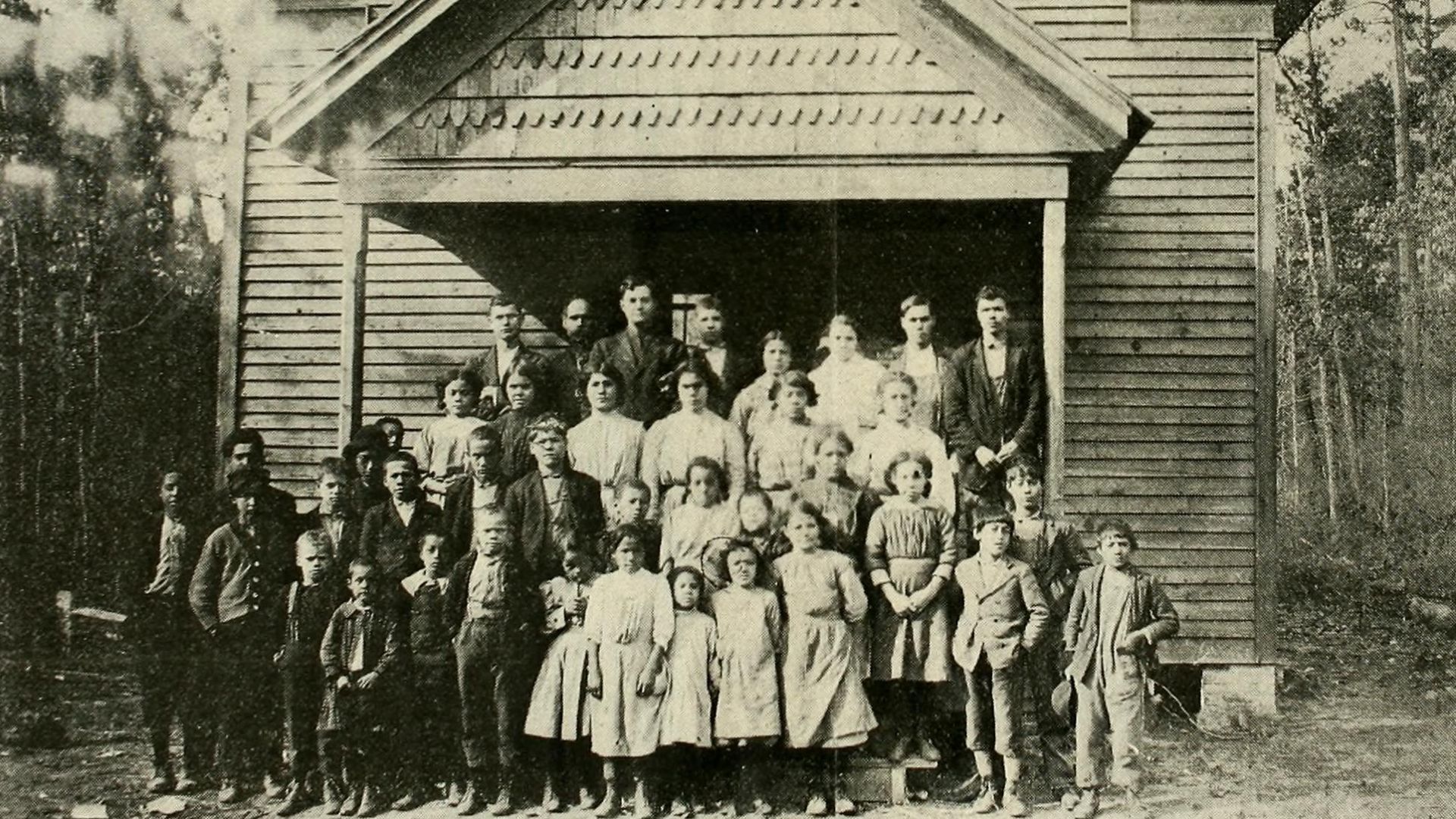 Internet Archive Book Images, Wikimedia Commons
Internet Archive Book Images, Wikimedia Commons
Indians Of Robeson County
In 1887, the Indians of Robeson County took things a step further. They petitioned for a school to be established to train Indian teachers for their schools. Not only was this school established but it eventually became the University of North Carolina at Pembroke.
Battle Of Hayes Pond
By the 1950s, the Lumbee had established a strong community within the region. It was a community that attracted the wrong sort of attention: namely that of the Klan.
 State Archives of North Carolina, Wikimedia Commons
State Archives of North Carolina, Wikimedia Commons
Battle Of Hayes Pond
The “Grand Dragon” at the time, James W Cole, felt that the Lumbee were “mongrels and half-breeds” who threatened to upset the order of the South with their “race mixing”. The Lumbee did not sit around waiting for an attack.
 Image Editor, Wikimedia Commons
Image Editor, Wikimedia Commons
Battle Of Hayes Pond
In January 1958, Cole called for a rally, expecting thousands to show. Fewer than a hundred appeared. To make matters worse for Cole, the Lumbee gathered about 500 to disrupt his meager showing.
 State Archives of North Carolina, Wikimedia Commons
State Archives of North Carolina, Wikimedia Commons
Battle Of Hayes Pond
Now known as the “Battle of Hayes Pond”, this conflict made national news. The Lumbee successfully broke up the rally and Cole was detained for inciting a riot. The Lumbee celebrate this event as a holiday today. With their new public stage, they began to see more recognition.
Defining Their Name
North Carolina recognized the Lumbee under the title “Croatan Indians” in 1885. However, they wanted federal recognition—with the advantages that come with it—as well.
Defining Their Name
The Lumbee first petitioned for federal recognition in 1888, but they did not receive it. North Carolina changed their official name from “Croatan Indians” to “Indians of Robeson County” in 1911. However, the group had another name in mind.
Cherokee Claims
For many years, the Lumbee petitioned to be known as “Cherokee Indians”. Their first petition failed, and they attempted to again be recognized as Cherokee in 1932. However, both the Cherokee Nation and the Eastern Band of Cherokee Indians opposed the inclusion of the Lumbee to their rank and the attempt failed. Eventually, the government got involved.
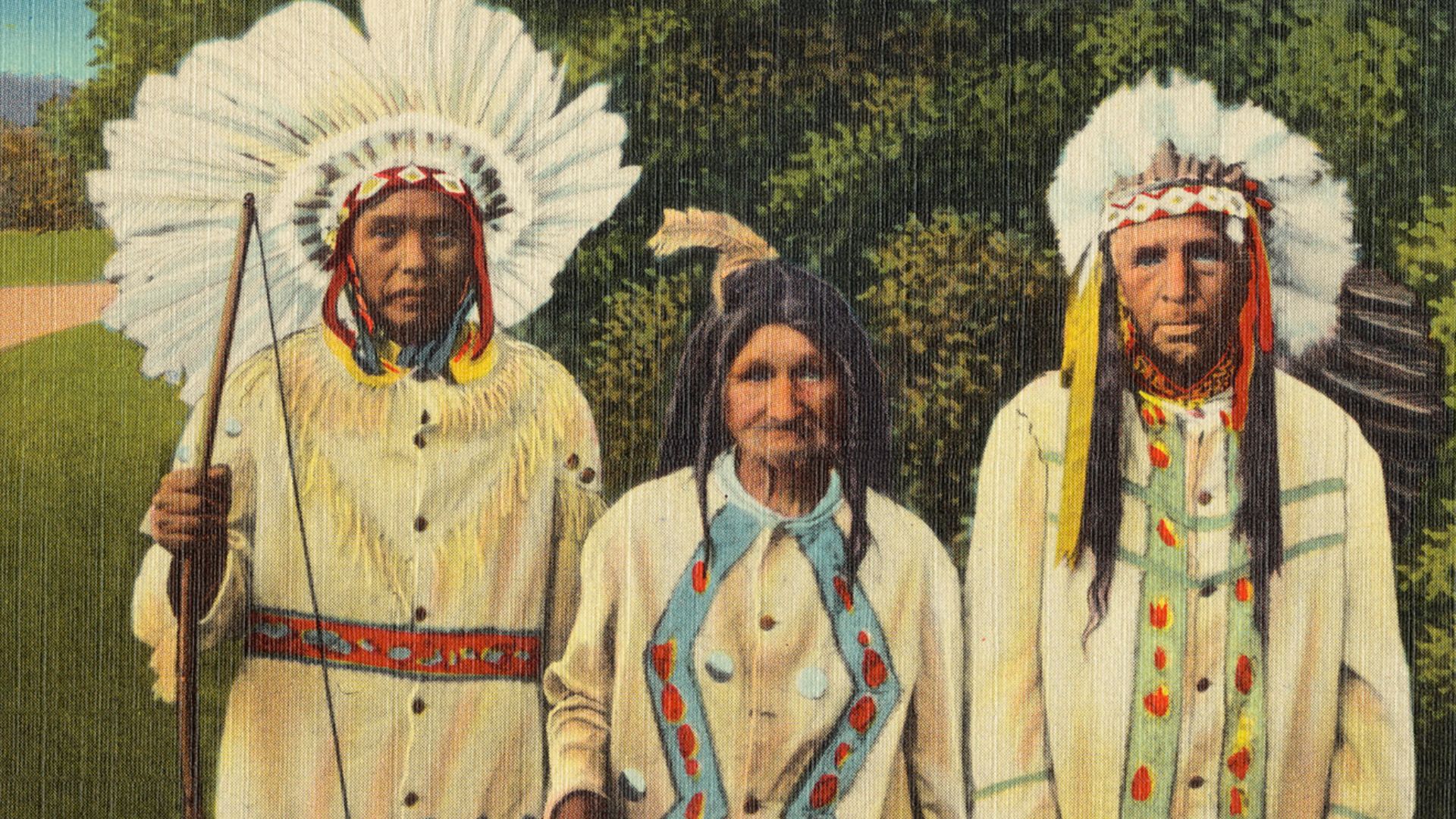 Boston Public Library, Wikimedia Commons
Boston Public Library, Wikimedia Commons
Government Assessment
Starting in the early 1900s, the government sent several people out to North Carolina to produce a report on the status and heritage of the Lumbee people. These were the first signs of conclusive recognition of some form of Indigenous heritage for the Lumbee.
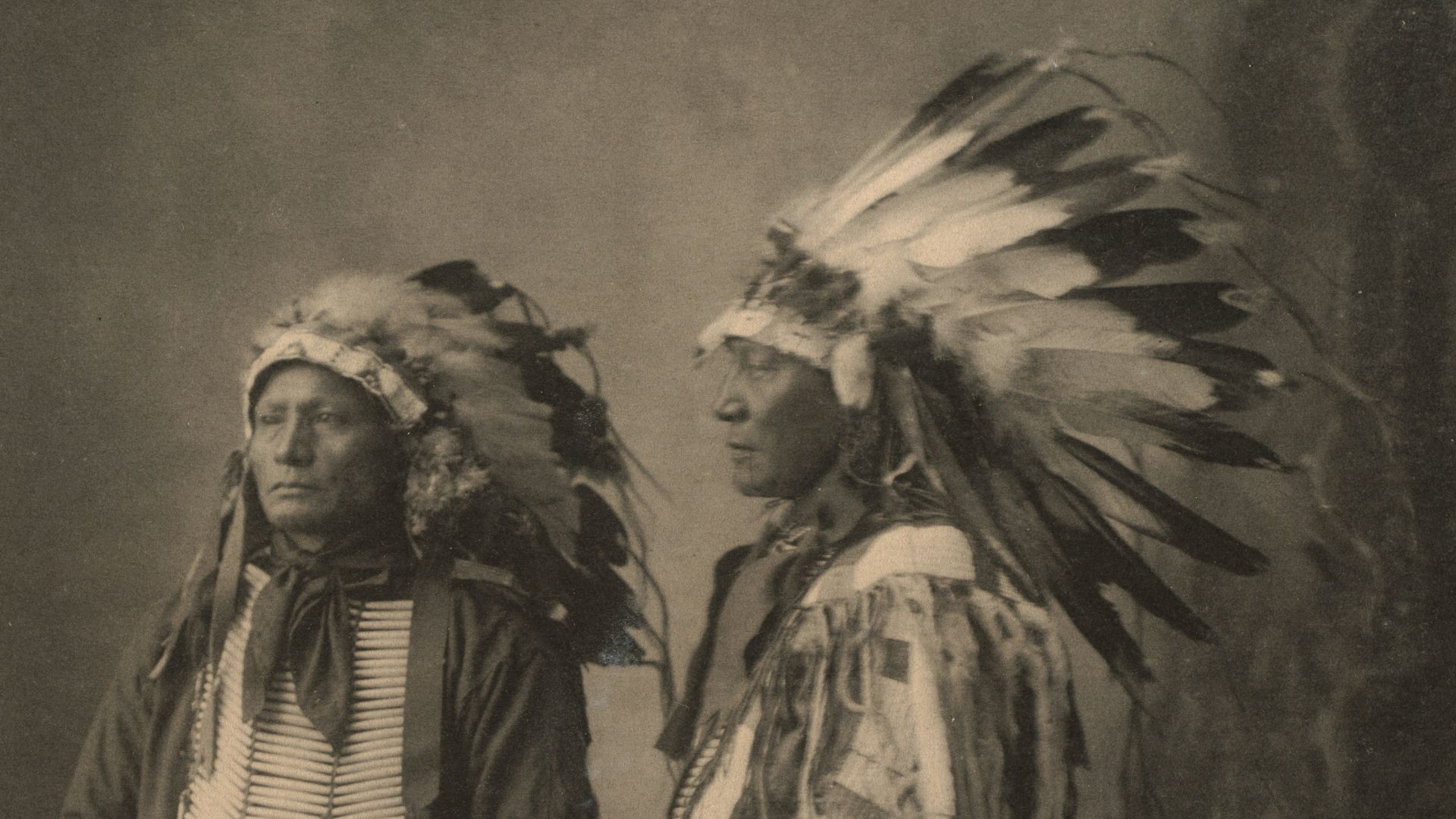 Boston Public Library, Unsplash
Boston Public Library, Unsplash
Government Assessment
In 1912, Charles F Pierce was sent to study the group while the government was developing schools for Indigenous children. Although mixed race, Pierce concluded that the majority of the Lumbee were “at least three-fourths Indian”. Another investigation a few years later would go deeper.
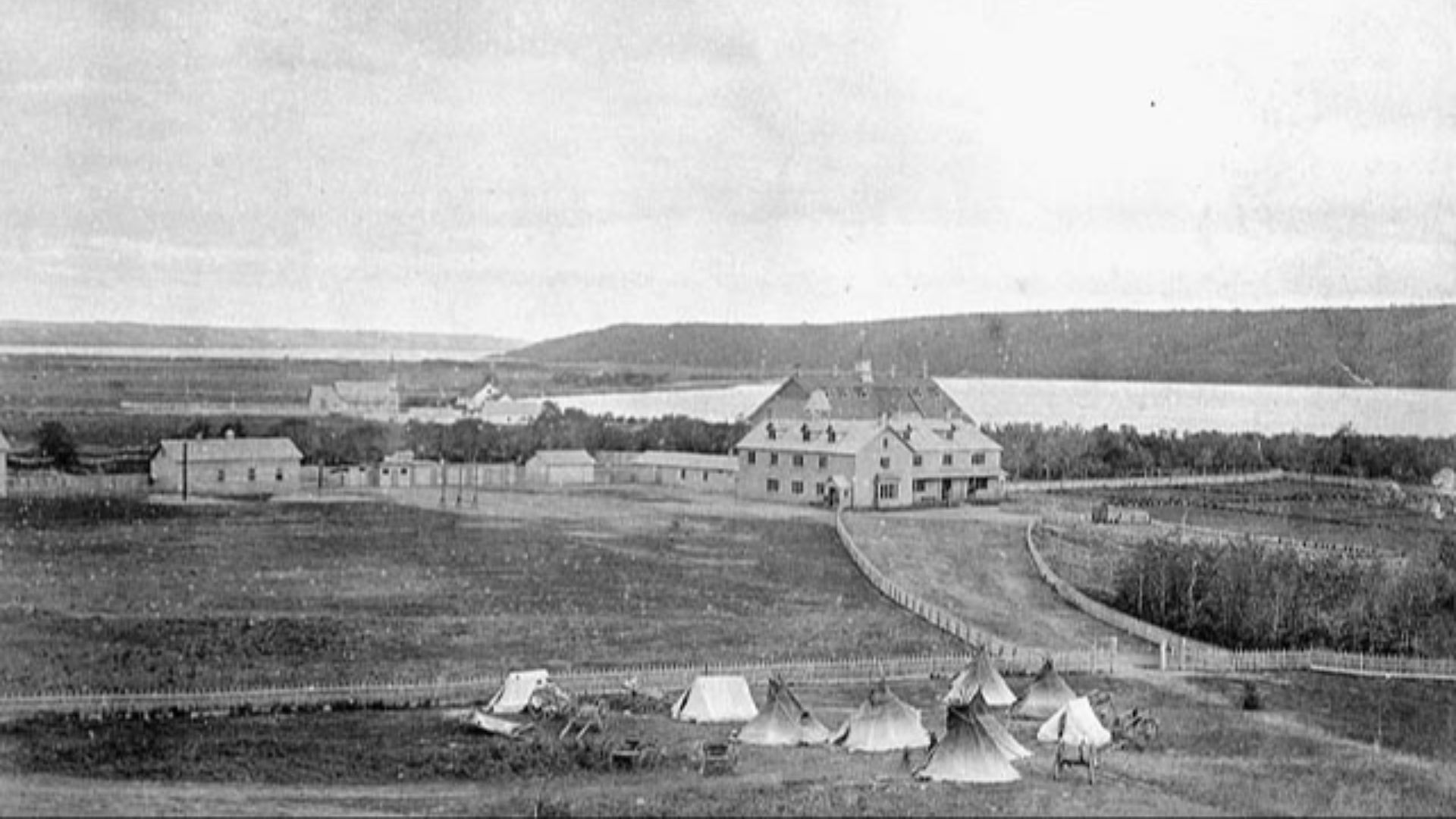 Unknown authorUnknown author, Wikimedia Commons
Unknown authorUnknown author, Wikimedia Commons
Identifying The Lumbee
In the 1930s, the government introduced the Indian Reorganization Act, and the Lumbee (still the Indians of Robeson County) saw an opportunity to petition for recognition yet again. In response, the government sent anthropologist John R Swanton to evaluate their claims.
 Unknown Author, Wikimedia Commons
Unknown Author, Wikimedia Commons
Identifying The Lumbee
Swanton stated that it was far more likely that the group was descended from a variety of smaller tribes, with the Cheraw being the biggest among them. This divided the Lumbee people as some clung to their previous claims of being part of the Cherokee while others accepted the Cheraw as their ancestors. The government refused to accept their petition until they were united on their heritage and terminology.
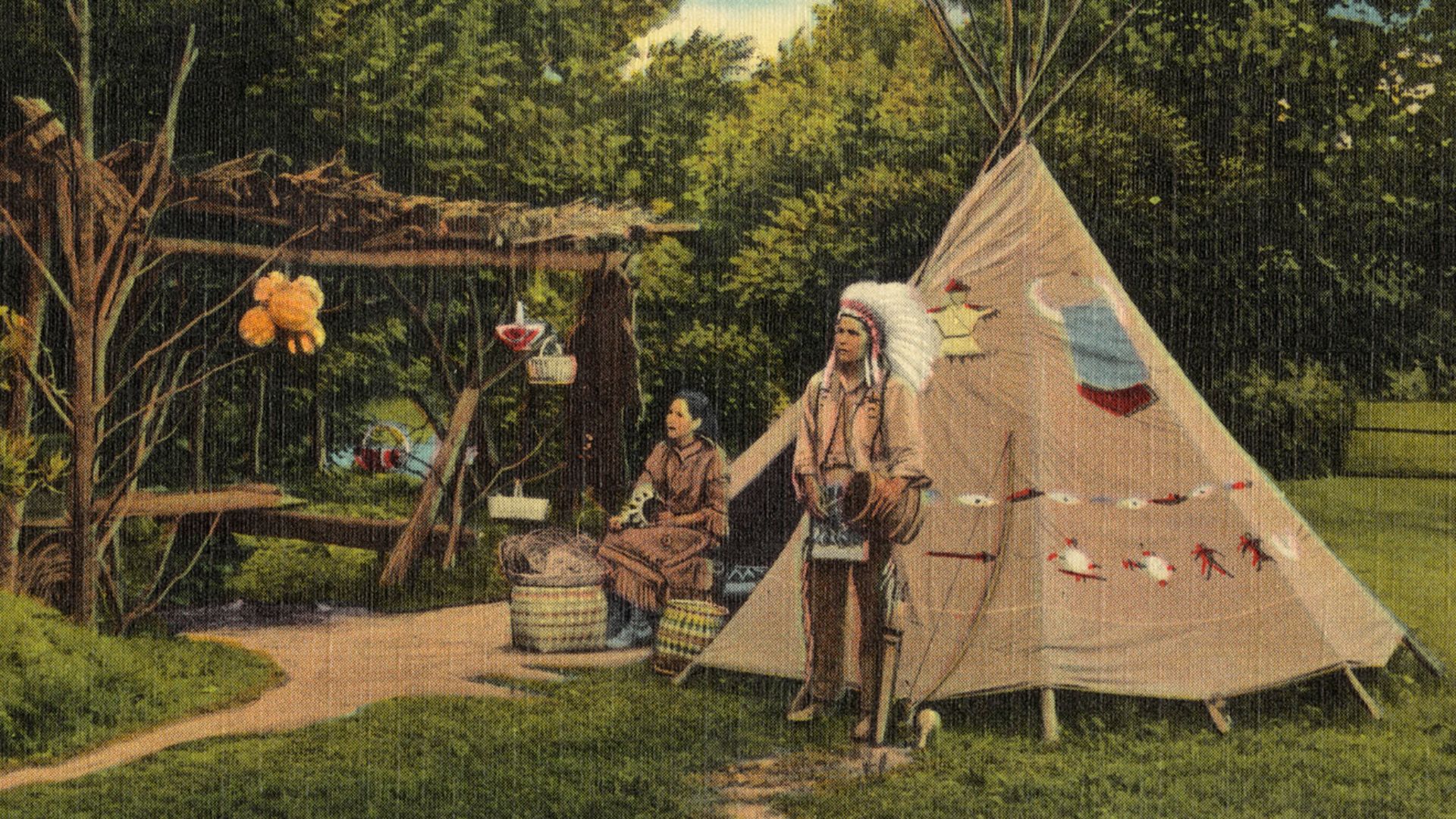 Boston Public Library, Wikimedia Commons
Boston Public Library, Wikimedia Commons
Becoming Lumbee
Finally, in the 1950s, the group agreed to the name “Lumbee” and North Carolina recognized their change to the “Lumbee Indians of North Carolina”. With this matter settled, they filed for federal recognition again.
Becoming Lumbee
In 1956, the government passed a law agreeing to federally recognize the Lumbee as a tribe. However, they had stipulations: they would be recognized but they had no rights to any of the federal benefits or supports granted to other recognized groups.
Becoming Lumbee
Wanting recognition, the Lumbee agreed. They stated they only wanted recognition, as they’d long lived as standard citizens and did not require additional support. However, they changed their mind in the 1980s.
Seeking Recognition
The Lumbee continued to petition for recognition throughout the 80s, 90s, and 2000s. In 2009, a bill for proper federal recognition was passed, but as of yet, nothing has happened to it. Most recently, Donald Trump visited Robeson County in 2020, pledging support for the Lumbee and their recognition act. However, nothing has been settled or formalized yet.
 Melissa Sue Gerrits, Getty Images
Melissa Sue Gerrits, Getty Images
The Croatans
Over the years, the Lumbee have had many different theories proposed about their supposed ancestry. One of the earliest came from Hamilton McMillan who proposed their initial name, the “Croatan Indians”.
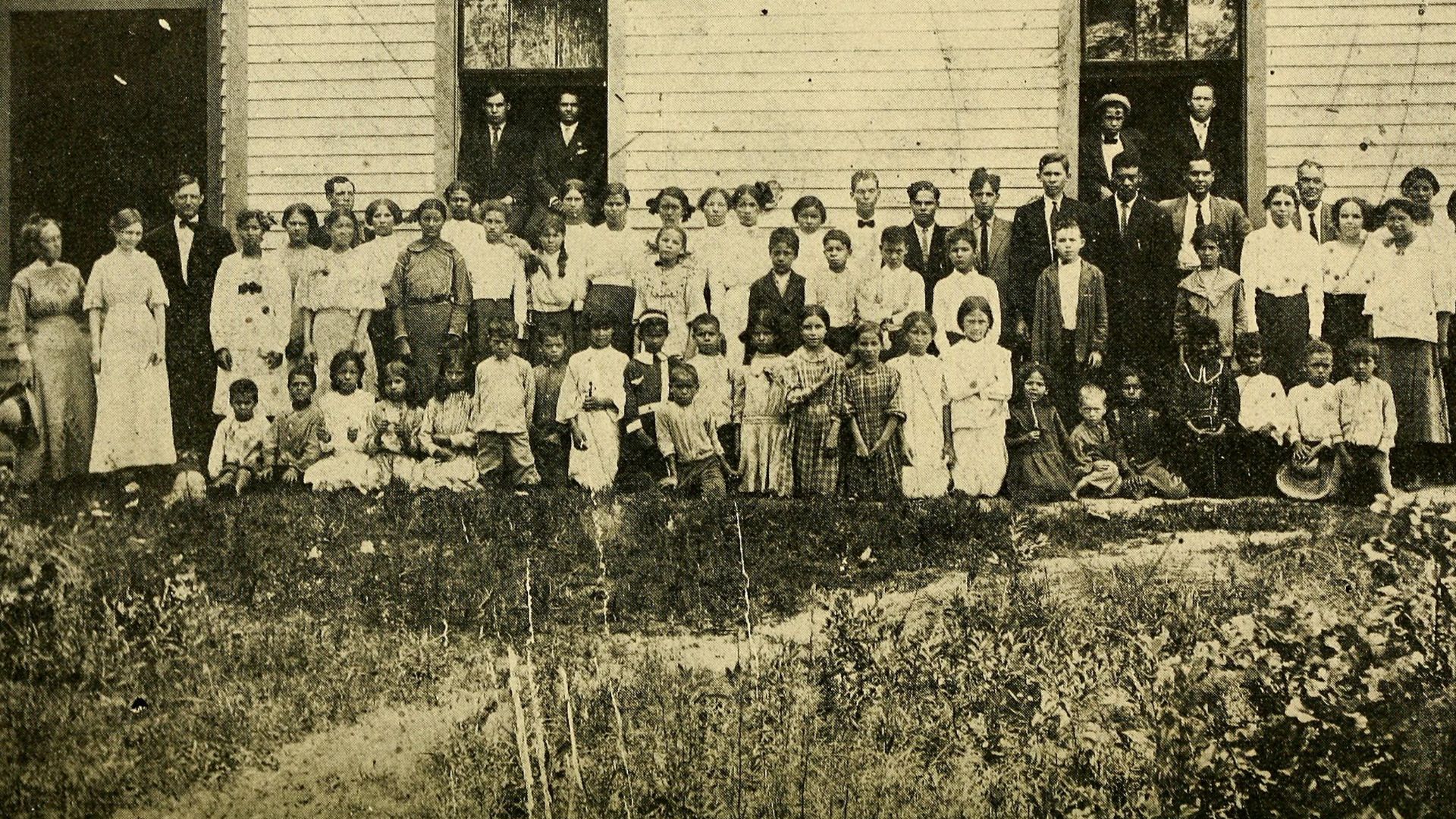 Internet Archive Book Images, Wikimedia Commons
Internet Archive Book Images, Wikimedia Commons
The Croatans
McMillan believed that the Lumbee originated from the lost Colony of Roanoke, which vanished with only the word “Croatan” carved into a tree. McMillan believed the Lumbee were the descendants of the Roanoke colony and the Croatans who took them in. This theory ultimately fell out of favor.
The Cherokee
Cherokee heritage began being spoken about among the Lumbee in 1915. This took hold based on theories that were difficult to prove. As such, it was never strongly supported outside of the Lumbee group.
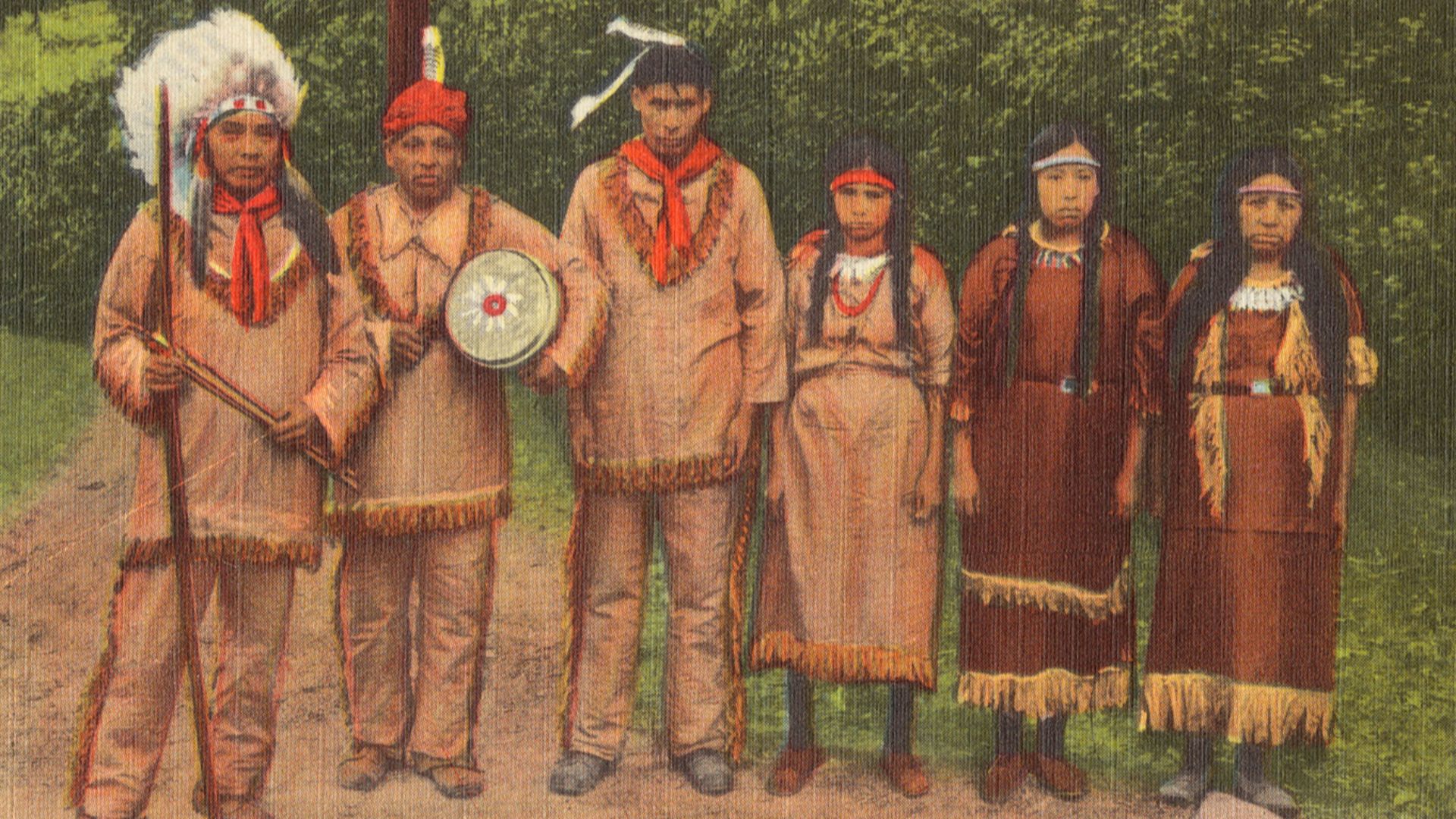 Boston Public Library, Wikimedia Commons
Boston Public Library, Wikimedia Commons
The Cherokee
The Cherokee traditionally occupied areas further west than Robeson County. Moreover, the Eastern Band of Cherokee Indians never embraced the Lumbee as their own. They often question whether the Lumbee are Native American at all.
 Boston Public Library, Unsplash
Boston Public Library, Unsplash
The Cheraw
The next tribe that the Lumbee identified with was the Cheraw, who were all but defunct by the mid 1700s. The McPherson Report, written by Special Indian Agent OM McPherson, stated that they had little more than 50 or 60 members in 1768. However, here there was a flaw too.
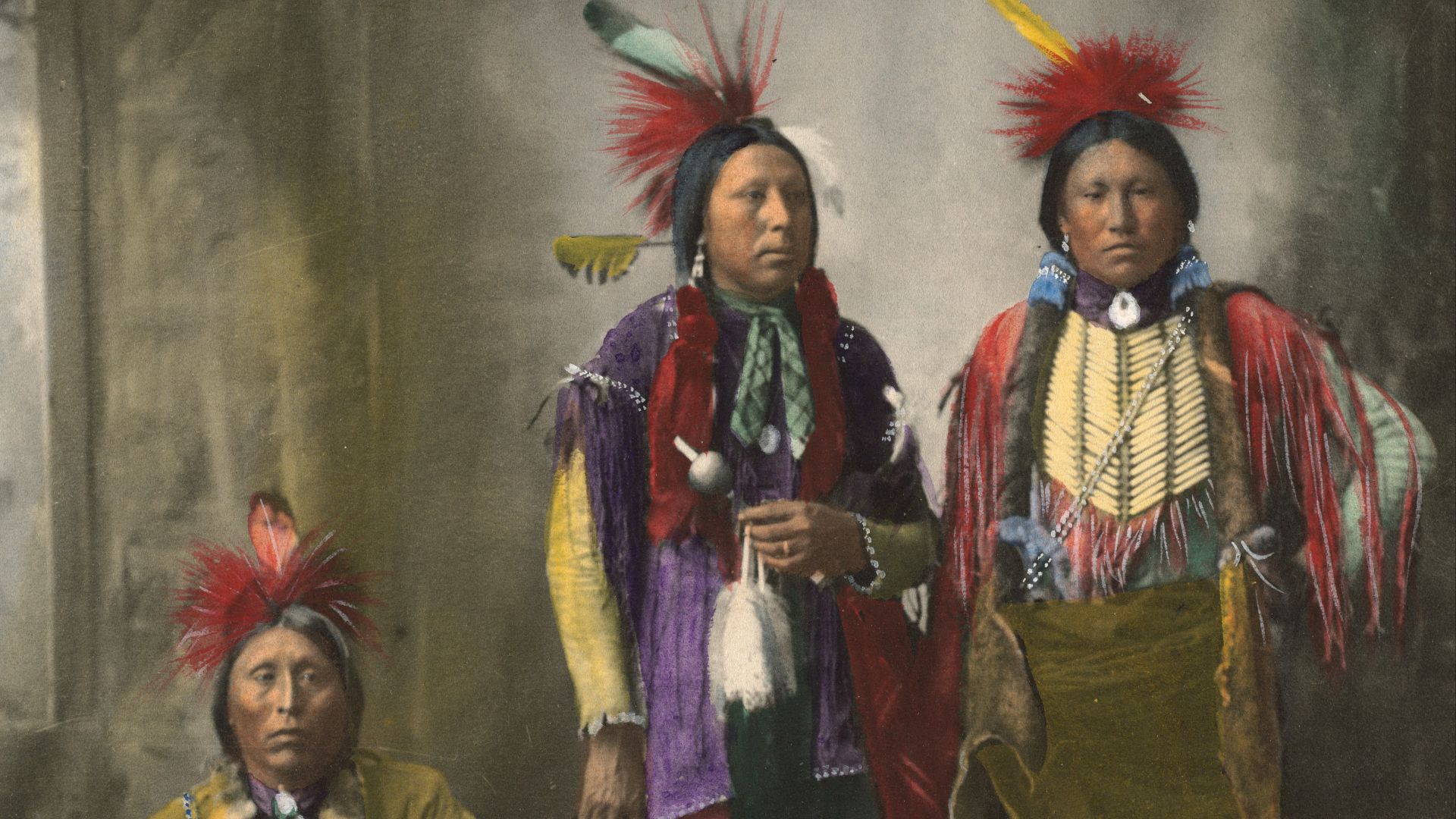 Boston Public Library, Unsplash
Boston Public Library, Unsplash
The Cheraw
McPherson also noted that the Cheraw were last seen living with the Catawba, a tribe that still exists and is federally recognized. Although McPherson claims the Lumbee to have Cheraw connections, he does not attempt to explain when they left the Catawba to form the Lumbee.
Mixed Bag Theory
The most predominant theory is that the Lumbee do not originate from one tribe but rather from many tribes that had lost too many numbers to survive on their own. John Swanton first proposed this theory in 1933.
Mixed Bag Theory
Swanton suggested that the Lumbee (then still nameless beyond “Indians of Robeson County”) originated from a collection of Siouan-speaking tribes that congregated in the Lumber River area when their numbers all fell. The descendants from this collection became the Lumbee.
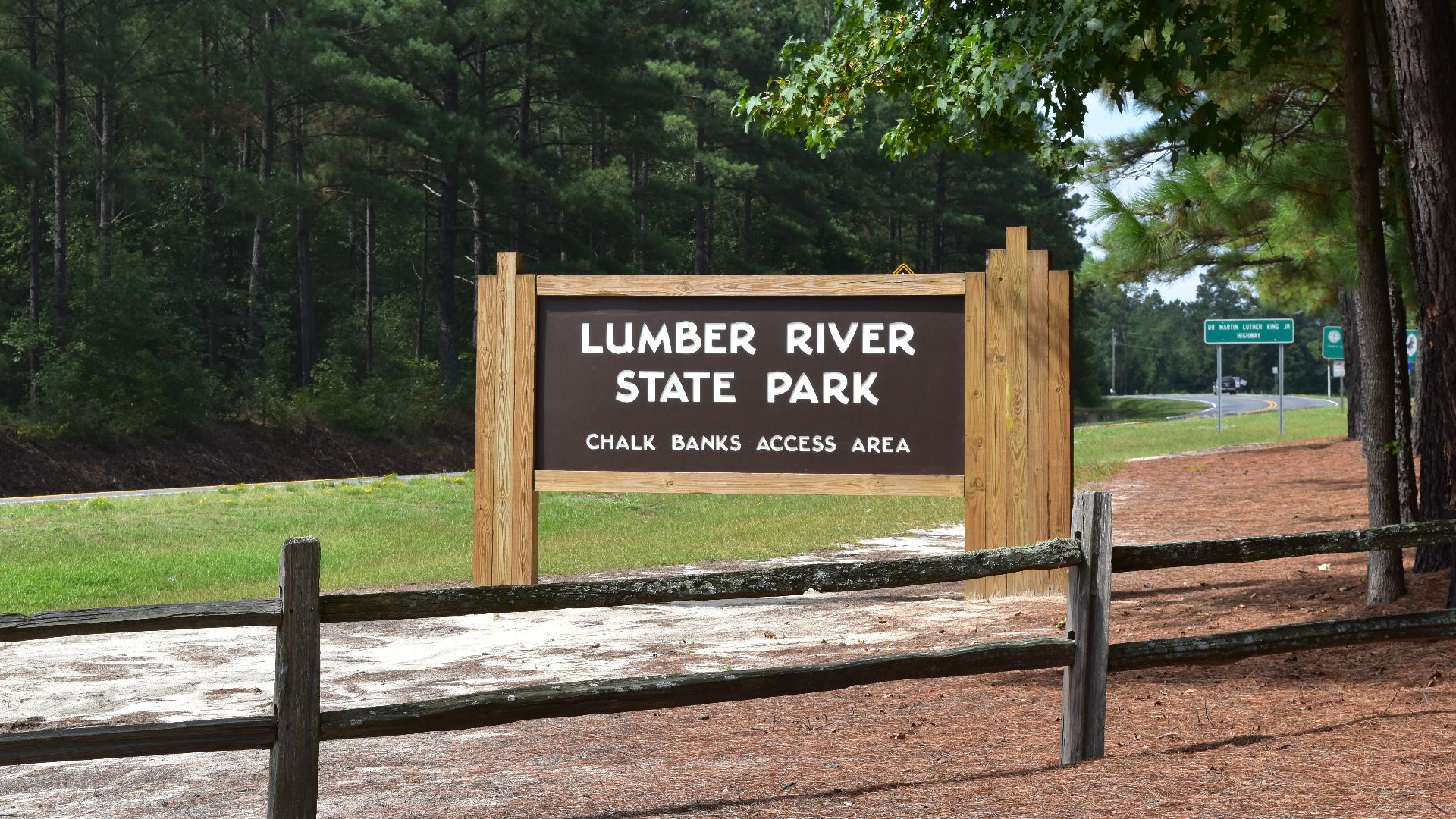 ncwetlands.org, Wikimedia Commons
ncwetlands.org, Wikimedia Commons
Mixed Bag Theory
Although she suggests different tribes, this is a theory that is essentially supported by Lumbee historian Malinda Mayor Lowery as well. She believes that groups such as the Cheraw, Spaoni, and Hatteras settled in Robeson County and grew into the Lumbee. However, doubts still exist.
Doubts About The Lumbee
The Lumbee do not have any conventional cultural markers that identify them as Indigenous. They have no language and lack certain traditions. This has led many to doubt whether they have Indigenous heritage at all.
 The Washington Post, Getty Images
The Washington Post, Getty Images
Doubts About The Lumbee
Those who oppose the Lumbee’s claim to Indigenous heritage feel that they descend from a community of mixed-race Black and white people who wished to avoid discrimination. Finding Indigenous claims somewhat better respected, opposition believe the Lumbee community claimed that heritage instead.
Doubts About The Lumbee
Even among fellow Indigenous groups, their heritage is questioned. Among other Indigenous tribes, the Lumbee recognition is mixed. Some accept their claims, while others do not—but regardless of what others believe, the Lumbee continue to thrive and fight for recognition in a world that is all too quick to forget them.
 MediaNews Group/Los Angeles Daily News, Getty Images
MediaNews Group/Los Angeles Daily News, Getty Images
You May Also Like:
The Incredible History Of Louisiana’s Creole People
The Untold Story Of The Ainu People, Japan’s Forgotten Tribe
The Selk’nam’s Fight To Escape The Brink Of Extinction
Sources: 1

